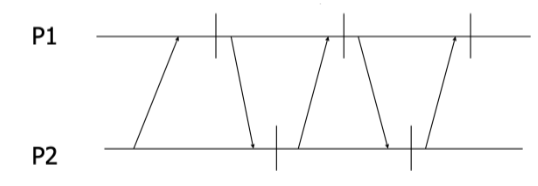3 Software Fault Tolerance
1/14
There's no tags or description
Looks like no tags are added yet.
Name | Mastery | Learn | Test | Matching | Spaced |
|---|
No study sessions yet.
15 Terms
replication checks
compare outputs of matching modules
Timing checks
use of timers to check timing constraints
Reversal checks
reverse output and check against inputs
Coding checks
parity, Hamming codes, etc
Reasonable checks
use semantic properties of data
Structural checks
redundancy in data structures
Validity checks
divide by 0, check array bounds, overflow
Interface exception
Invalid service request detected by interface detectors and corrected by service requestor
Local / internal exception
Problems with own internal operations detected by local detectors and corrected by local correctors
Failure exception
When internal errors propagate to interface, and detected by interface detectors. Global correction may be needed, e.g., look for another server
Forward error recovery
Upon detection of error, program attempts to get into a state which is no longer erroneous (we will see how recovery blocks enable this)
Backward error recovery
Upon detection of error, program rolls back to a previously “recorded” good point (we will see how checkpoints enable this) from which it can restart executing
Recovery Line
A recovery line is a set of checkpoints across all processes to which the programs can be rolled back, in the event of failure, to ensure consistent error-free state of the system
OK to checkpoint after a message send
Not ok to checkpoint prior to a message receive (need to process pending messages first)

A recovery line is said to be consistent if
there are no messages that originate (temporally speaking) after the line and terminate before it
In other words, along the recovery line, there can not be a receive without a corresponding send the reverse is allowed, because temporally speaking, receive will occur after send